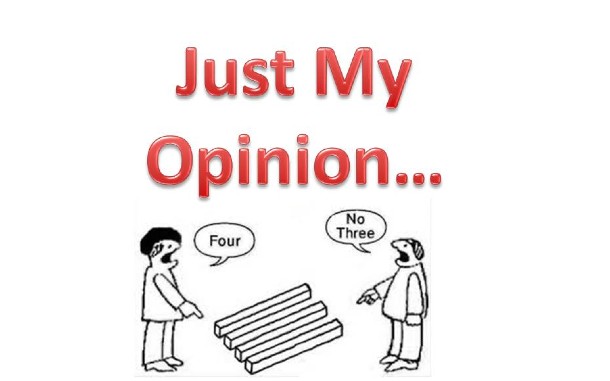
Just my opinion…
Jerry Brown Might Have Been Right After All
-by Reggie Jue
Opinions expressed are those of the author and not endorsed by the PV Democrats
It was March 2014, and I watched sadly while delegates at the California Democratic Party Convention booed Jerry Brown for failing to ban fracking. He knew it was coming, but he stood up before us anyway.
Seven years have passed, and even with the benefit of hindsight, it’s hard to argue that the Governor was wrong. It is almost certain that there would be more CO2 in the atmosphere today had we banned fracking on a national scale in 2014. After all, despite the insane, pro-coal Trump administration that followed, coal plants were still shut down at near-record rates by the economics of cleaner burning gas fired power plants fueled by fracking. Less clear is whether that reduction is offset by the smaller spike in methane, a more dangerous greenhouse gas (GHG), also fueled by fracking.
What history should be clear on, though, is that solutions to the climate crisis should not be driven by simple solutions to complex problems. To be sure, there should be no question that there is a climate crisis driven by man-made forces, and that it is existential and demanding of immediate and dramatic response. But, Democrats should not scorn Republicans for ignoring the science if we, in turn, ignore the math.
So, what is the math? In 2014 when the California Democratic Convention was occurring, Barack Obama was president. His Secretary of Energy was Dr. Ernest Moniz, an MIT professor of physics. He succeeded President Obama’s first energy secretary, Dr. Steven Chu, a Nobel Prize winning physics professor at Cal Berkeley. While neither was a contestant on Dancing with the Stars (as was Trump’s Energy Secretary) these are both serious people who acknowledged a crisis in terms of climate, geopolitical and economic forces. They constructed a detailed plan to define a national energy policy to respond. I would guess that only a few of us Democratic activists have read it, but luckily, we didn’t have to–we just had to read the title. President Obama called it his “All-of-the-Above” Energy Strategy precisely so that we didn’t need to continue reading past the top line in order to get the main thrust of the plan.
The “All-of-the-Above” plan defines a path that includes “transitional” energy sources–those that Democratic activists would consider unacceptable, but which the math would say would get us to lower aggregate GHG emissions. That plan needed to recognize the limitations of our current technologies as factors which prevented an immediate transition to a completely renewable energy grid. Someday, there will be a grid powered by non-GHG and renewable resources backed up energy storage, but that storage will most assuredly not rely on today’s (or for that matter, 2014’s) battery technology.
To put the battery discussion in context, consider that in 2017, Elon Musk made news by promising a 129 MW-hr battery installation in 100 days. At the time it was the largest battery storage system in the world, and was attached to an Australian wind farm that, depending on how you measure it, was rated to between 100 to 300 MW. So, if the wind stopped blowing, the battery storage had enough capacity to offset the wind turbines for between 25 to 60 minutes before being completely depleted (a little more complicated than that, but good enough for now). The reason the system was considered successful is that it was never intended to fulfill the load-shifting role, but instead was meant to help stabilize the grid to prevent voltage fluctuations. Except for pumped hydro, we don’t have a proven storage technology that economically takes solar or wind power from night to day, much less summer to winter.
So, what do I think we should be working on? Except for nuclear energy (a whole different discussion), there isn’t a carbon-free energy source that can completely step in and replace fossil fuels to power the grid. Conservation is the cheapest alternative, but we need the Department of Energy to increase investment in research to accelerate development of options such as advanced battery and other energy storage technologies, offshore wind, green hydrogen, and ultimately, fusion. The Trump administration cut the budget for energy technology development from $5.4 B in 2020 to $3 B in 2021. To put that in perspective, they also thought it a good idea to spend twice that just to start building a wall at the US-Mexico border.
And, Democrats should continue to support policies that push us toward a cleaner energy grid–Carbon Cap & Trade and Carbon Dividend are policies that will drive technological and infrastructure development. But trying to design the power grid by insisting on specific technologies without doing the math will lead to disaster. After all, the Green New Deal defines policy goals without rejecting or supporting any specific technology–something that Massachusetts senator Edward Markey, one of the sponsors, said was done intentionally. Policy should be consistent, but technologies change every year, and the evolution of our power grid needs to reflect that.

Leave a Reply